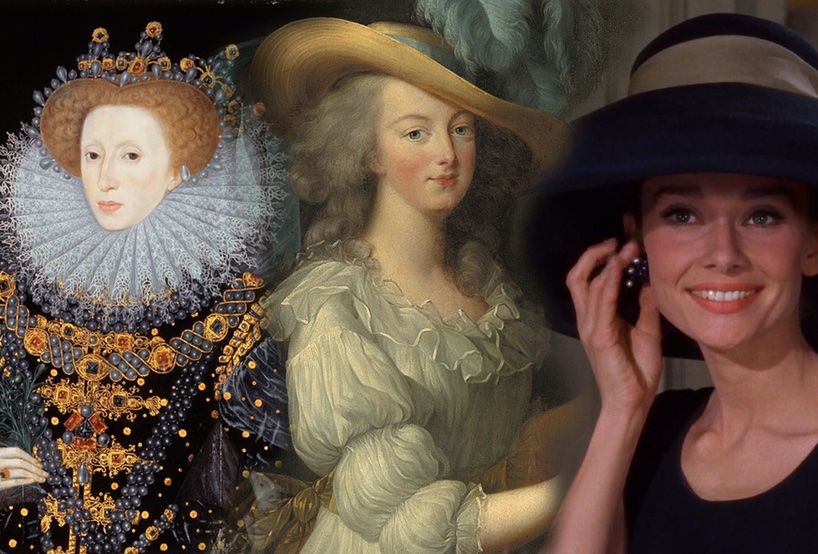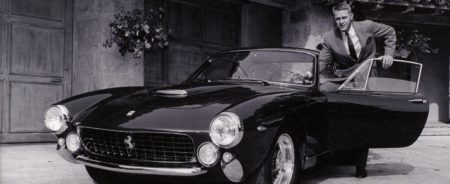Meet history’s most stylish figures, from fashion’s regal tastemakers to the style subversives that broke the mould
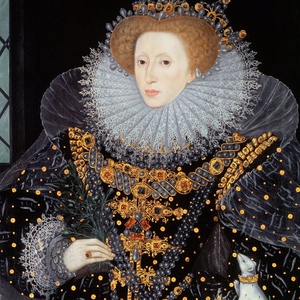 Queen Elizabeth I
Queen Elizabeth I
English, 1533-1603
Elizabeth is perhaps one of the biggest style influencers to have ever lived, with her fashion tastes setting the trends in England for the last half of the 16th century. The queen was extremely conscious of her appearance and went to great lengths to ‘self-fashion’ her image as a powerful female ruler. She wore detailed gowns made from sumptuous fabrics and decorated with luxurious jewels, befitting her status as queen. Courtiers flocked to imitate her style, hoping to catch Elizabeth’s attention, but the queen also passed her expensive dresses down as rewards for loyal service, for example to her ladies-in-waiting.
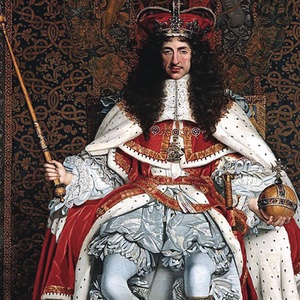 Charles II
Charles II
English, 1630-1685
When King Charles II returned to England in 1660 to reclaim the throne, he brought his love for French fashion with him. Yet just six years later and England at war with France, Charles decided to reform English male dress to end the dominance of French clothing at court. He introduced the vest, which was worn with a coat and breeches and marked the beginning of the three-piece suit, while ending the male tradition of wearing doublet and hose.
Louis XIV
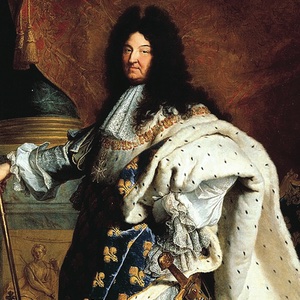
French, 1638-1715
There was no court in 17th century Europe that was as fashionable as the Sun King’s at the glittering Palace of Versailles. When he ascended the throne in 1643, France was languishing in comparison to Spain, the most dominant power on the continent. With finance minister, Jean-Baptiste Colbert, Louis developed a clothing and textile industry to rival the Spanish. To ensure that his subjects bought French cloth, Louis even made it illegal to import material from other countries. The king also implemented a strict dress code and many nobles bankrupted themselves in order to get their hands on the latest fashions to maintain their place at court.
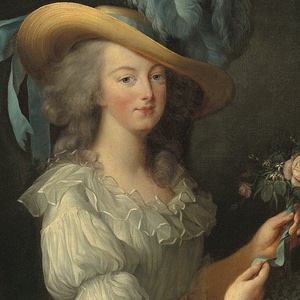 Marie Antoinette
Marie Antoinette
Austrian 1755-1793
Marie Antoinette’s first encounter with French fashion was certainly a daunting one. Arriving from Austria in preparation for her marriage to the French dauphin, she was required to change out of her Austrian clothes at the border into French ones, signalling her transformation from Austrian archduchess to the future queen of France. Realising quickly that she could not exert any kind of political influence at the French court, Marie Antoinette turned to fashion as a way to express herself. Known for her extravagant tastes as queen, Marie Antoinette was often ridiculed for her lavish clothing but women across the country flocked to copy her style.
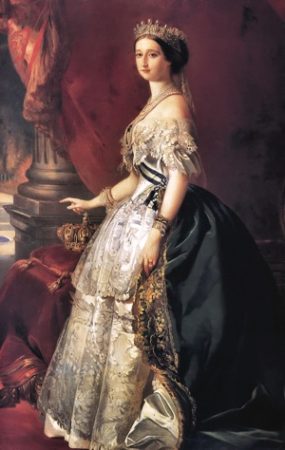 Empress Eugénie
Empress Eugénie
Spanish 1826-1920
The last Empress Consort of the French, Empress Eugénie, was one of the biggest trendsetters of the 19th century. Known for her love of exquisite jewels and luxurious gowns, Eugénie’s tastes were also influenced by her fascination with Marie Antoinette, with the empress even posing for a portrait dressed as her iconic predecessor. Along with English designer Charles Frederick Worth, Eugénie dominated every aspect Europe’s fashion scene from the cut, colour and fabric used right down to the length of hemlines.
Coco Chanel
French 1883-1971
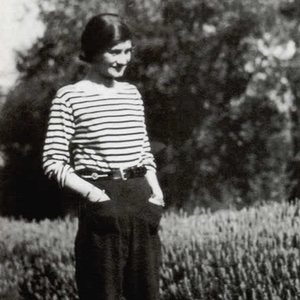
It is not an overstatement to say that Coco Chanel revolutionised fashion during the early 20th century. Taking inspiration from menswear, Chanel created simple, comfortable, yet elegant clothes that suited the rapid changing times in which women lived, drawing them away from the rigid, corset-style dresses that they were used to. For example, Chanel pioneered the use of jersey as a clothing material because it was affordable and draped well – at a time when it was generally reserved for men’s underwear. She also popularised trousers amongst women as well as costume jewellery, such as fake pearls, believing that outfits should be properly accessorised.
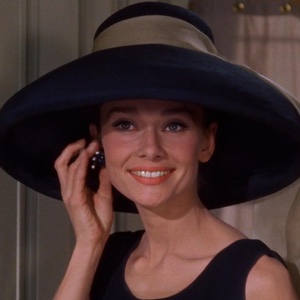 Audrey Hepburn
Audrey Hepburn
British, 1929-1993
One of the most beloved actresses of the 20th century, nobody embodied elegance and class quite like Audrey Hepburn. As the muse for French designer Hubert de Givenchy, Hepburn wore many of his designs in both her personal and professional life, including the iconic little black dress from the film Breakfast At Tiffany’s. Renowned for her simple style and classic looks such as sailor stripes and ballet flats, Hepburn remains a fashion icon today, 25 years after her death.
Steve McQueen
American 1930-1980
Regularly touted as one of the most stylish men to have every lived, actor Steve McQueen was an icon both on and off the screen. Known for his casual and masculine sense of style, McQueen was the American anti-hero who wore everything from biker leathers to double denim, with a penchant for timeless sharp suits. He popularised the combination of a turtleneck and a tweed blazer, which became one of the most iconic looks of the 1960s.
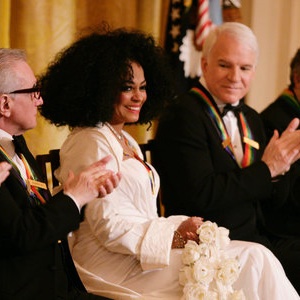 Diana Ross
Diana Ross
American, 1944-present
Diana Ross, the original diva, has been celebrated throughout her lifetime for her glamorous taste in clothing. With her love for sparkling gowns, sequin jumpsuits, glittering jewels and coloured furs, Ross has been a fashion-forward woman ever since she burst onto the Motown music scene in the 1960s. Known for embracing her natural afro, she is a style icon for women of colour everywhere and shows no signs of slowing down now that she is in her 70s.
Prince
American, 1958-2016

The artist born Prince Rogers Nelson blurred the lines of gender and sexuality with his androgynous style, just as he blended different genres of music. He cultivated his own distinct look, characterised by sequins, fingerless lace gloves, cravats, cropped tops, high-heeled boots, and much more. From 1984, he became forever associated with the colour purple following the success of his film and song of the same name, Purple Rain. With his unapologetic style, Prince encouraged his fans around the world to be exactly who they were.
[Article originally featured in All About History 68]
